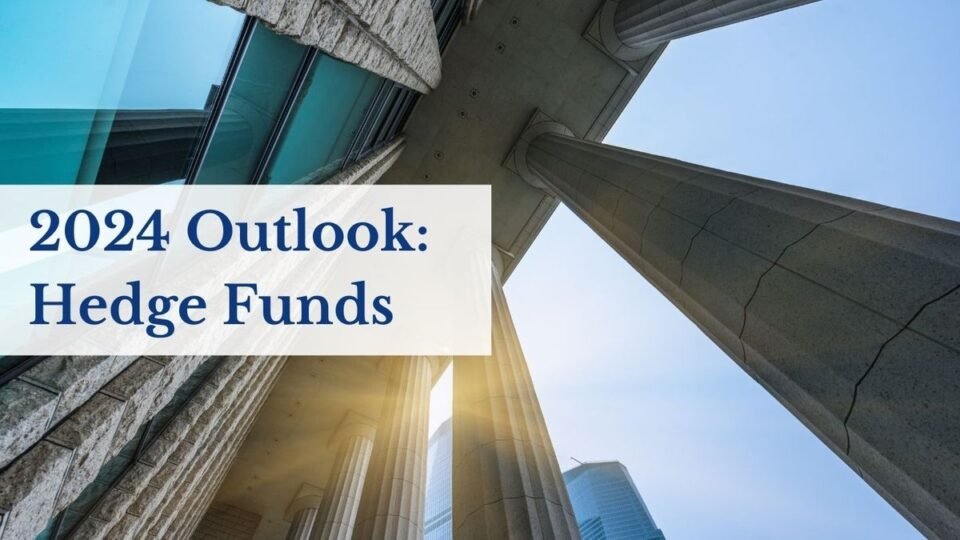In a strategic pivot observed at the onset of 2024, hedge funds have markedly reduced their risk exposure, opting for a more conservative investment posture below the long-term average, according to a recent analysis by Jefferies strategists. This shift has seen a significant reallocation of investments towards Secular Growth sectors, despite a 7% overweight positioning, and an increased emphasis on a curated group of stocks dubbed the ‘Sweet 16’, signaling a nuanced approach to navigating the financial landscape.
Strategic Reallocation Towards Growth and Stability
Jefferies’ detailed report underscores a notable transition in hedge fund investment strategies, with a sharp reduction in Health Care sector allocations and a recalibrated focus on Technology. This marked shift to Tech, pushing its portfolio weight to 25.4%, despite being underweight compared to the S&P 500, illustrates a targeted approach to capitalizing on emerging growth opportunities within the sector. Concurrently, a move from Industrials to Discretionary sectors and transitioning to a net long position in Energy for the first time since September 2022 reflects a strategic adaptation to market dynamics.
Top Holdings and Portfolio Adjustments
Amidst these strategic shifts, Microsoft and Amazon emerge as hedge funds’ top holdings, collectively comprising 16% of assets within the ‘Most Popular Longs’ portfolio. This concentration underscores the significance of these giants in hedge fund strategies, reflecting confidence in their enduring growth prospects. Moreover, the allocation in the ‘Sweet 16’ stocks reaching a pinnacle since July, at 36%, further highlights a focused investment approach towards firms with robust fundamentals and promising growth trajectories.
Implications for the Investment Landscape
This strategic pivot among hedge funds signals a cautious yet opportunistic approach to investment in 2024. By recalibrating their portfolios towards sectors and stocks deemed to have stable growth prospects, these funds are navigating the uncertainties of the current financial environment with a keen eye on long-term value creation. This trend not only reflects the evolving dynamics of hedge fund strategies but also has significant implications for individual investors, market analysts, and the broader financial ecosystem, pointing towards a nuanced understanding of risk, growth, and sectoral shifts in the coming year.

